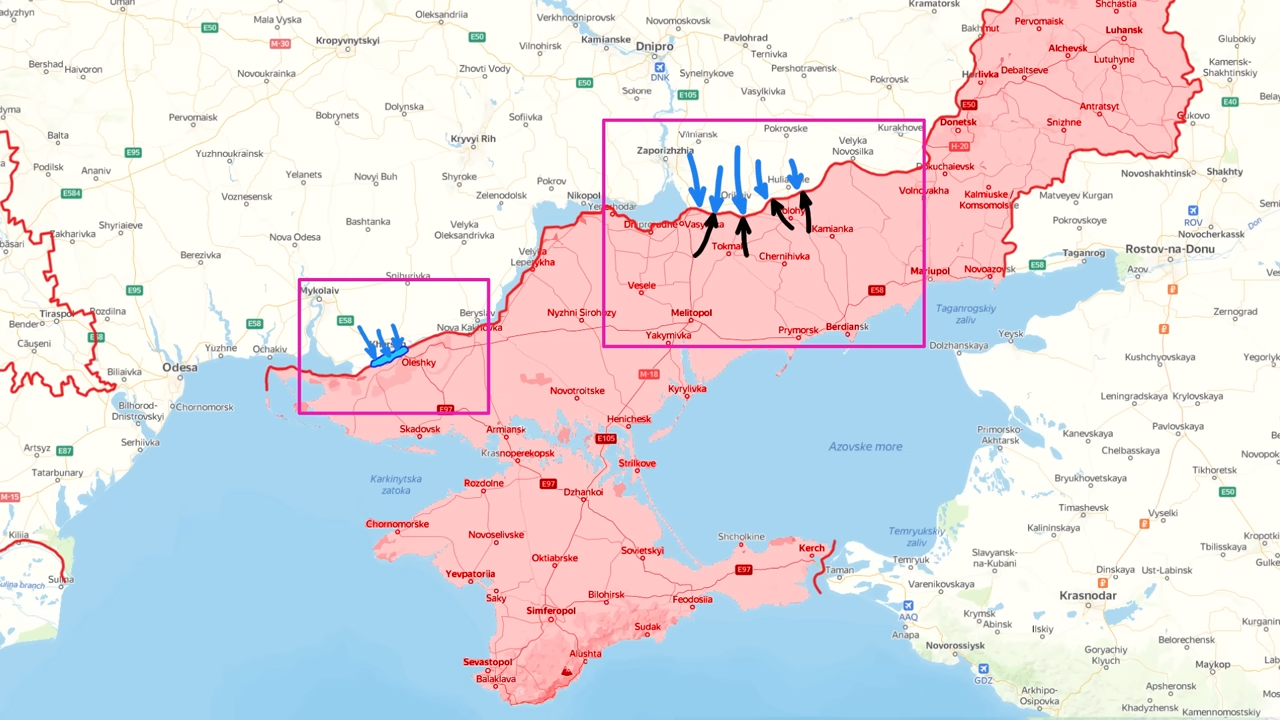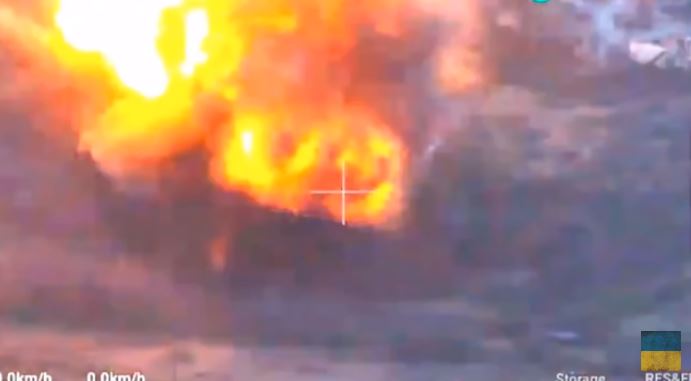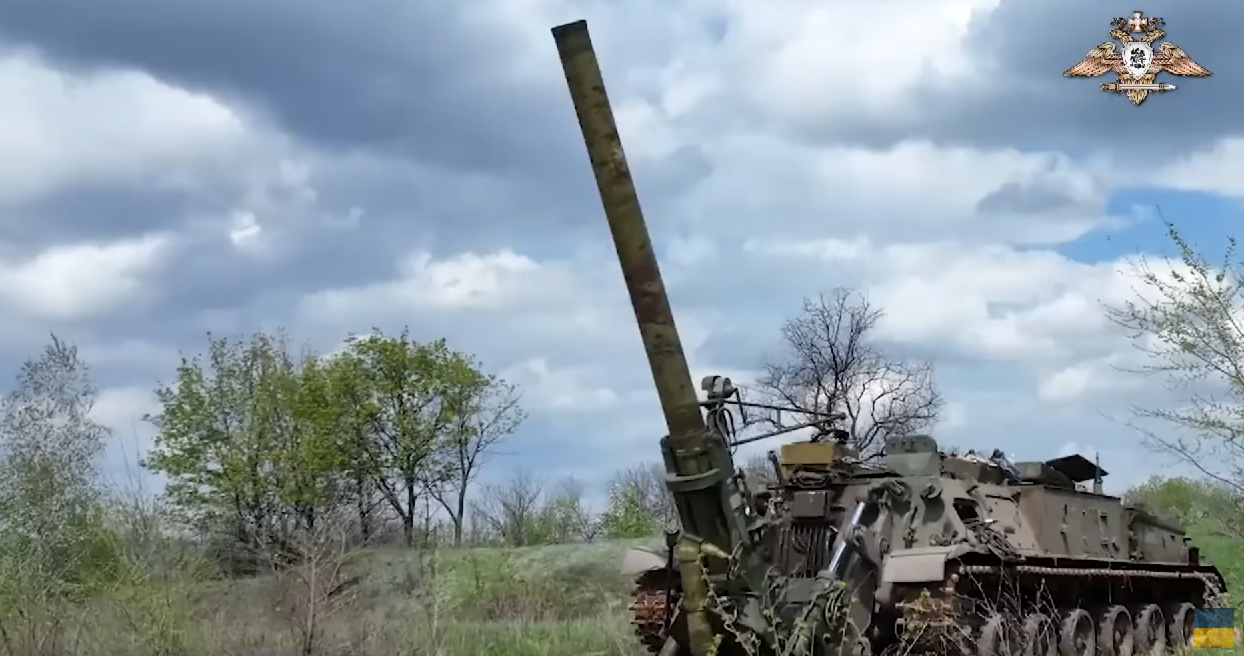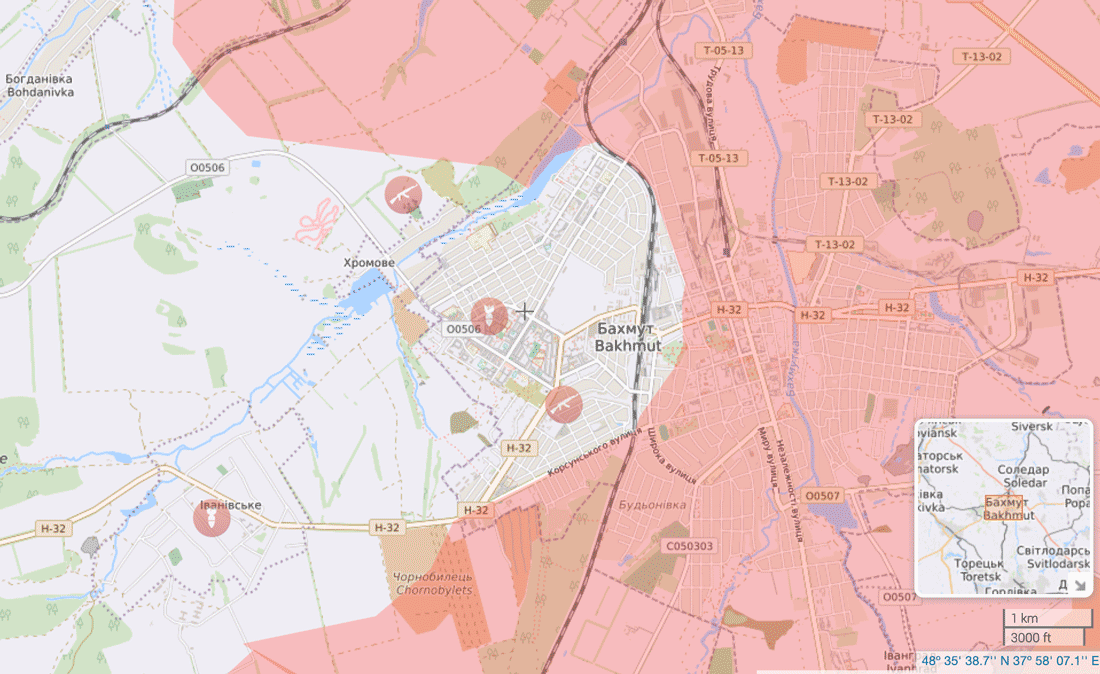As the Battle for Bakhmut is near the end, Ukrainians will likely try to fix this enormous amount of Russian troops in the east and prevent them from relocating their forces to the south. One of the attempts towards this goal was the last limited offensive 40 km northeast of Bakhmut.
In April, the tide had already shifted in this direction as Russians started digging trenches and raising the alarm about the suspiciously high number of Ukrainian tanks near Siversk. The heaviest clashes are taking place between Bilohorivka and Zolotarivka. Bilohorivka has been one of the biggest Russian graveyards already for a year. Last year in May, Russians tried to cross the Siverskyi Donets River and assault this village multiple times. Ukrainian artillery destroyed the Russian assault units every single time, and after a month of effort, this direction was abandoned. Today Russians are attacking not from the north but from the south, but so far, these efforts have been unsuccessful as well. Recently, Russian forces relocated thermobaric artillery systems to this direction and managed to capture an isolated water pumping facility, but this is the furthest they advanced because the main Ukrainian positions are located on the hills.
At the same time, Ukrainians tried to undermine Russian offensive efforts by assaulting their positions near Zolotarivka. For these purposes, Ukrainians relocated their tanks in this direction and started breaching one Russian position after another.
Two weeks ago, the Ukrainian 54th Mechanized released a video of how they assaulted Russian positions in the tree lines 2.6 km west of Zolotarivka while being under the fire of anti-tank missiles. After successfully establishing control over all tree lines, the front moved toward the most challenging terrain and the most fortified Russian position – the so-called Cyclops.
Ukrainians took time to prepare and conducted storming in several stages. During the first stage, Ukrainians imitated a big attack to force Russians to send their reinforcements. When the drone operator spotted moving Russian forces, Ukrainians disengaged and changed their focus on eliminating this group. During the second stage of the operation, Ukrainians switched from mortars and grenade throwers to artillery and drone strikes. During the third stage of the operation, Ukrainians entered the trenches with no hurdles and started storming the bunker. The latter was impossible to occupy without losses, and Ukrainian troops decided to retreat, likely to use another tactic next time.
In the face of such attacks, Russians started hastily building new strong points in the direction of Lysychansk, fortifying the frontline. The probability of a breakthrough here is very high because Ukrainians are holding the high ground.
If this series of attacks is successful, Ukrainians open the gate to move down on Soledar or in the rear of the Bakhmut group. This would put Russians in an incredibly inconvenient position, as they would either need to leave Bakhmut or relocate even more forces to the east to stabilize the situation.
Read also:
- Frontline update: Ukrainians lure Russian “Wagnerites” into artillery kill zone in Bakhmut
- Frontline update: Ukraine trying to create fuel shortages for Russian troops, force Russian aircraft further away
- Frontline update: Russians develop new tactic to breach Ukraine’s air defense, contract fatal disease while digging trenches
- Frontline update: Wagner records crushing losses in a single day








